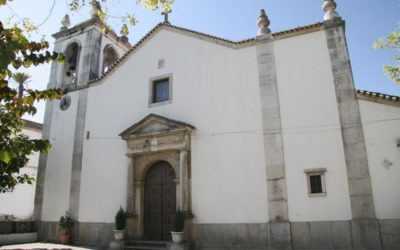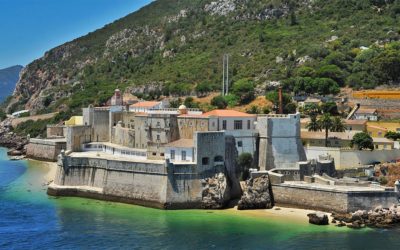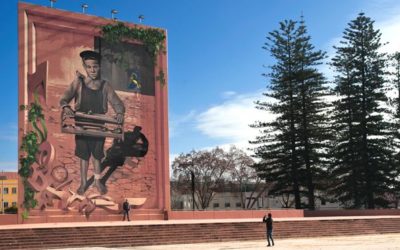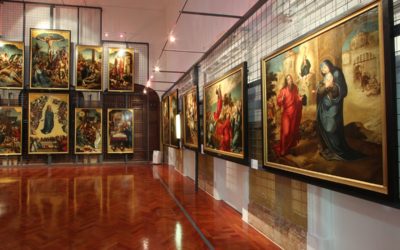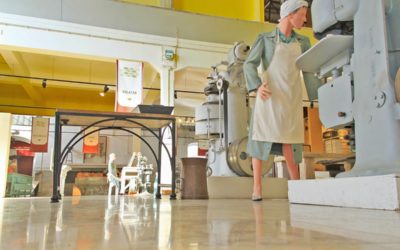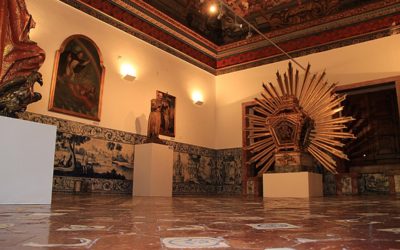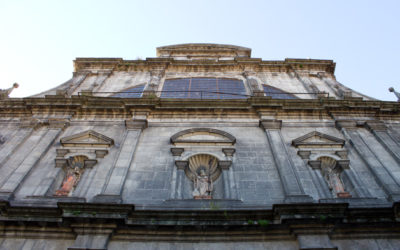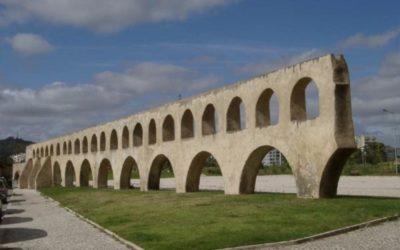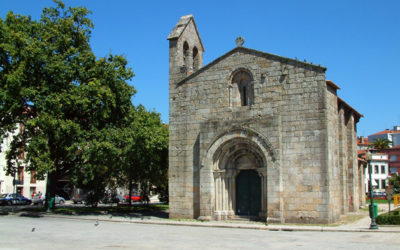São Simão Church
It was the Order of Santiago that founded the church of São Simão (Saint Simon), in the 12th century when made responsible for settling the region. The current building dates from the 16th century and its attraction lies on the inside with its 17th century tiled panels depicting various scenes from the lives of the […]
